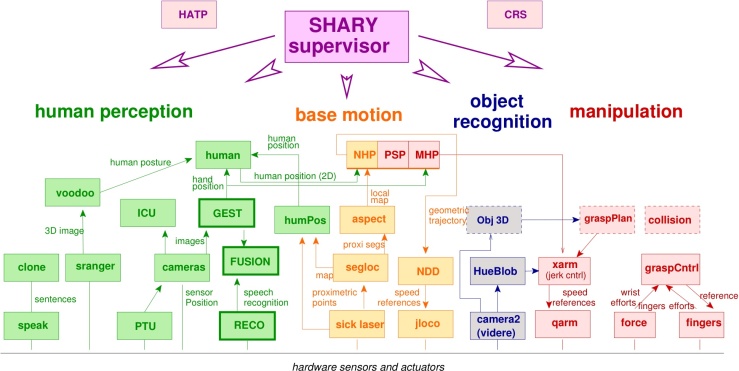What is data??
is a set of values of qualitative or quantitative variables.
Pieces of data are individual pieces of information. While the concept of data is commonly associated with scientific research, data is collected by a huge range of organizations and institutions, ranging from businesses.
The first English use of the word «data» is from the 1640s. «Data» is the «…plural of datum, from Latin datum «(thing) given,» neuter past participle of dare «to give». Using the word «data» to mean «transmittable and storable computer information» was first done in 1946. The expression «data processing» was first used in 1954.
Data is measured, collected and reported, and analyzed, whereupon it can be visualized using graphs, images or other analysis tools. Data as a general concept refers to the fact that some existing information or knowledge is represented or coded in some form suitable for better usage or processing. Raw data («unprocessed data») is a collection of numbers or characters before it has been «cleaned» and corrected by researchers. Raw data needs to be corrected to remove outliers or obvious instrument or data entry errors (e.g., a thermometer reading from an outdoor Arctic location recording a tropical temperature). Data processing commonly occurs by stages, and the «processed data» from one stage may be considered the «raw data» of the next stage.
What is meta data?
Metadata are «data [information] that provide information about other data». Two types of metadata exist: structural metadata anddescriptive metadata. Structural metadata are data about the containers of data. Descriptive metadata use individual instances of application data or the data content. Metadata were traditionally used in the card catalogs of libraries until the 1980s, when libraries converted their catalog data to digital databases.
as digital formats are becoming the prevalent way of storing data and information, metadata are also used to describe digital data using metadata standards. There are different metadata standards for each different discipline (e.g., museum collections, digital audio files, websites, etc.). Describing the contents and context of data or data filesincreases their usefulness. For example, a web page may include metadata specifying what software language the page is written in (e.g., HTML), what tools were used to create it, what subjects the page is about, and where to find more information about the subject. This metadata can automatically improve the reader’s experience and make it easier for users to find the web page online. A CD may include metadata providing information about the musicians, singers and songwriters whose work appears on the disc.
The next part is this:
https://charpple.wordpress.com/2016/08/30/software-configuration-management/#more-135
 Software application architecture is the process of defining a structured solution that meets all of the technical and operational requirements, while optimizing common quality attributes such as performance, security, and manageability. It involves a series of decisions based on a wide range of factors, and each of these decisions can have considerable impact on the quality, performance, maintainability, and overall success of the application.
Software application architecture is the process of defining a structured solution that meets all of the technical and operational requirements, while optimizing common quality attributes such as performance, security, and manageability. It involves a series of decisions based on a wide range of factors, and each of these decisions can have considerable impact on the quality, performance, maintainability, and overall success of the application. From its beginnings in the 1960s, writing software has evolved into a profession concerned with how best to maximize the quality of software and of how to create it.
From its beginnings in the 1960s, writing software has evolved into a profession concerned with how best to maximize the quality of software and of how to create it.